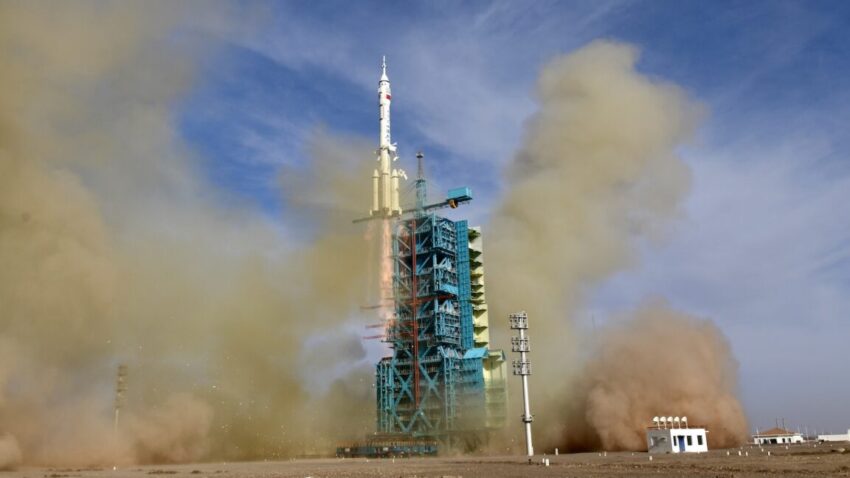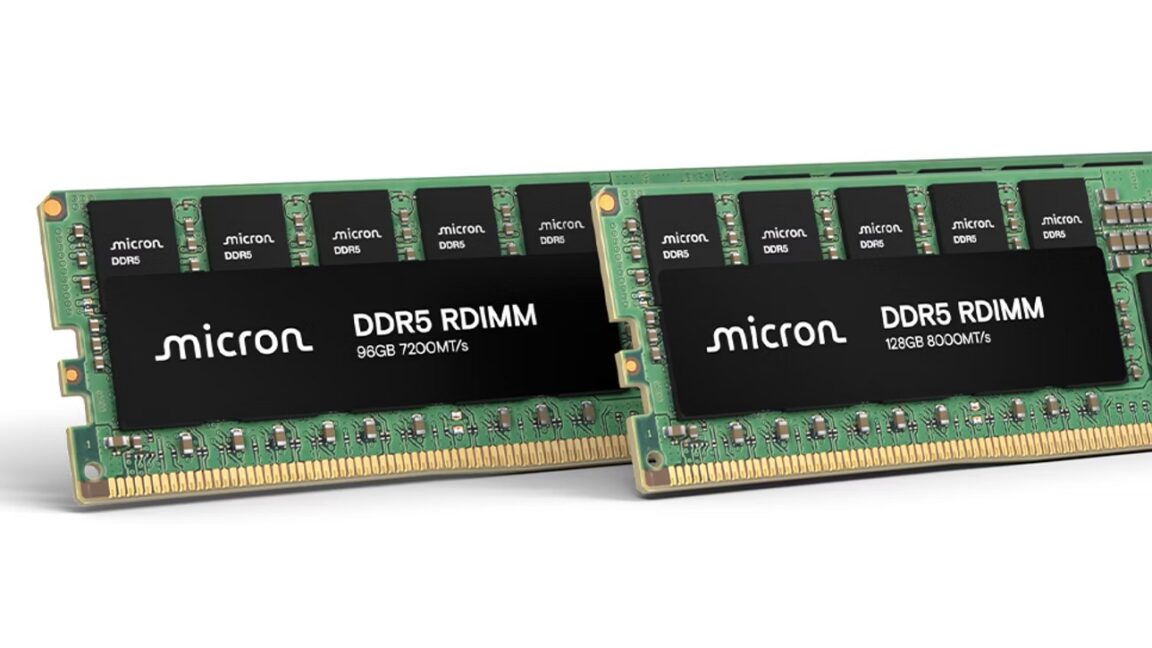
china launches an emergency lifeboat to bring A recent uncrewed launch by China has successfully provided a critical lifeboat for three astronauts stranded in orbit, ensuring their safe return to Earth.
china launches an emergency lifeboat to bring
Launch Details
On Monday, November 6, 2025, at 11:11 PM EST (04:11 UTC Tuesday), a Long March 2F rocket lifted off from the Jiuquan Satellite Launch Center in the Gobi Desert. The rocket carried the Shenzhou 22 spacecraft, which was equipped with essential supplies and equipment but did not have a crew on board. This rapid response launch was executed to address an urgent situation involving three astronauts aboard the Tiangong space station, located approximately 250 miles (400 kilometers) above the Earth.
The Shenzhou 22 spacecraft successfully docked with the Tiangong station approximately three-and-a-half hours after launch. This docking marked a significant achievement for China’s space program, as it provided a necessary lifeboat for the astronauts who were facing an unexpected crisis.
Background of the Situation
The urgency of the Shenzhou 22 mission stemmed from an incident that occurred on November 4, 2025, when astronauts aboard the Tiangong station discovered a damaged window on one of the two crew ferry ships docked at the facility. The damage was likely caused by a small fragment of space debris, a growing concern in the realm of space exploration. The astronauts utilized a microscope to photograph the defect from various angles, confirming the presence of a small triangular crack in the window.
Zhou Jianping, the chief designer of China’s human spaceflight program, provided insights into the situation, stating that the damage posed a significant risk to the safety of the astronauts. The window’s integrity is crucial for the safety of the crew, as any breach could lead to catastrophic failure during re-entry or while in orbit.
Implications of the Damage
The discovery of the damaged window raised immediate concerns regarding the safety of the astronauts aboard the Tiangong space station. With one of the crew ferry ships compromised, the astronauts were left without a reliable means of returning to Earth. This situation underscored the inherent risks associated with space travel, particularly in an environment where space debris is increasingly prevalent.
Space debris, which includes defunct satellites, spent rocket stages, and fragments from previous collisions, poses a significant threat to operational spacecraft. The incident involving the Tiangong station serves as a reminder of the need for ongoing monitoring and mitigation strategies to address the growing issue of space junk. As more countries and private entities engage in space exploration, the potential for collisions with debris increases, necessitating robust safety measures.
China’s Rapid Response
In response to the crisis, Chinese engineers acted swiftly to expedite the launch of the Shenzhou 22 spacecraft, which was initially scheduled for a later date in 2026. The decision to move up the launch timeline reflects the Chinese government’s commitment to ensuring the safety of its astronauts and the integrity of its space program. The ability to adapt and respond to emergencies in real-time is a critical aspect of human spaceflight operations.
The Shenzhou program, which has been operational since 1999, has a proven track record of successful missions. The rapid launch of Shenzhou 22 demonstrates the program’s resilience and the expertise of the teams involved. This incident also highlights the importance of having contingency plans in place for unforeseen circumstances, allowing for quick decision-making and execution.
Future Considerations for Space Safety
The incident involving the Tiangong space station and the subsequent launch of the Shenzhou 22 spacecraft raises important questions about the future of space safety and debris management. As space activities continue to expand, the international community must collaborate to develop effective strategies for tracking and mitigating space debris.
Several organizations, including governmental space agencies and private companies, are actively working on solutions to address the issue of space debris. These efforts include:
- Tracking and Monitoring: Enhanced tracking systems are being developed to monitor the location and trajectory of space debris, allowing for timely warnings and potential evasive maneuvers.
- Debris Removal Technologies: Innovative technologies are being explored to actively remove debris from orbit, including nets, harpoons, and laser systems designed to deorbit defunct satellites.
- International Collaboration: Global cooperation is essential for establishing guidelines and best practices for space debris management, ensuring that all space-faring nations adhere to safety protocols.
Reactions from Stakeholders
The launch of the Shenzhou 22 spacecraft and the circumstances surrounding it have elicited a range of reactions from various stakeholders in the space community. Experts and analysts have praised China’s swift response to the emergency, highlighting the importance of having backup systems in place for crewed missions.
Dr. John Logsdon, a prominent space policy expert, noted, “China’s ability to launch an emergency lifeboat in such a short timeframe demonstrates their growing capabilities in human spaceflight. This incident also emphasizes the need for all space agencies to prioritize safety and preparedness.” His comments reflect a broader sentiment within the space community regarding the importance of safety protocols and contingency planning.
Additionally, the incident has sparked discussions about the need for improved international regulations regarding space debris. Many experts argue that as more nations and private companies enter the realm of space exploration, a unified approach to debris management is essential to ensure the long-term sustainability of space activities.
Conclusion
The successful launch of the Shenzhou 22 spacecraft represents a significant achievement for China’s space program, showcasing its ability to respond effectively to emergencies in orbit. The incident involving the damaged window on the crew ferry ship serves as a critical reminder of the risks associated with space travel and the importance of ongoing efforts to address the issue of space debris.
As the global space community continues to evolve, the lessons learned from this incident will likely inform future policies and practices aimed at enhancing the safety and sustainability of space exploration. The collaboration between nations and the development of innovative technologies will be crucial in addressing the challenges posed by space debris and ensuring the safety of astronauts in the years to come.
Source: Original report
Was this helpful?
Last Modified: November 26, 2025 at 2:36 am
2 views















